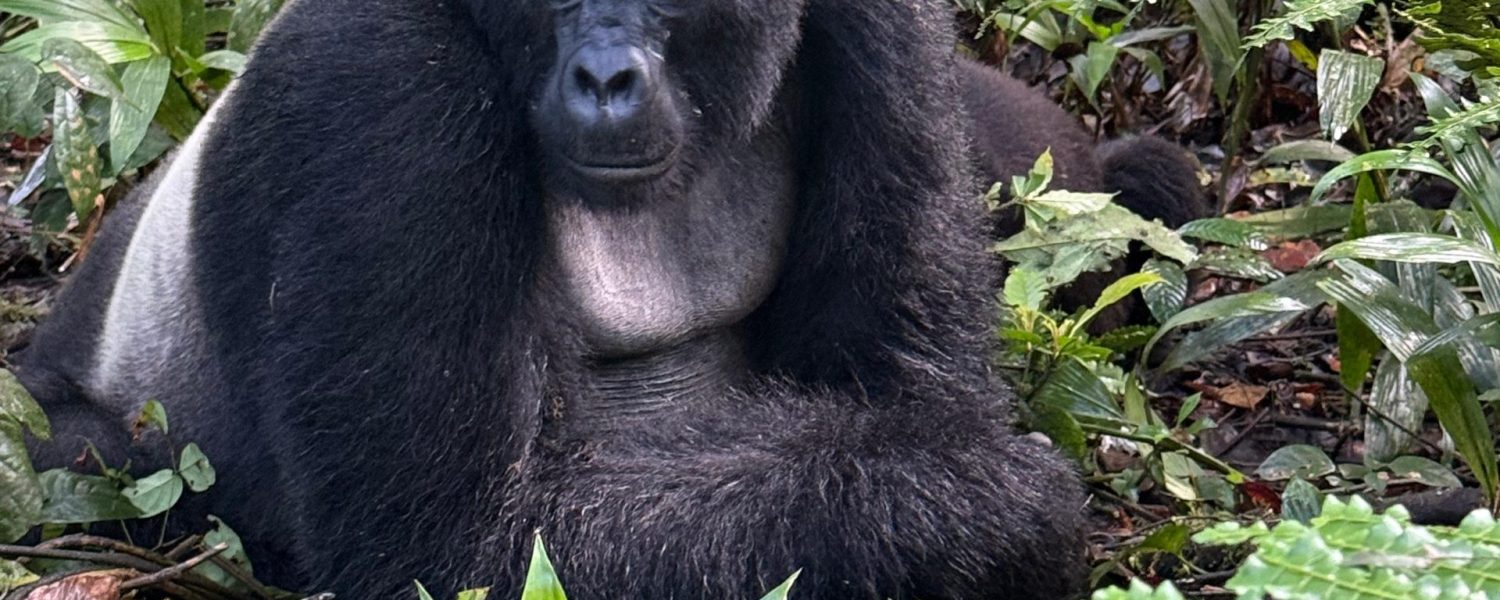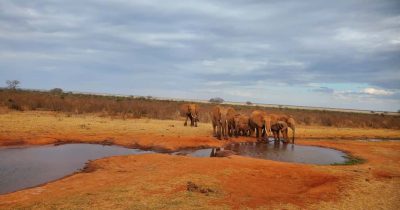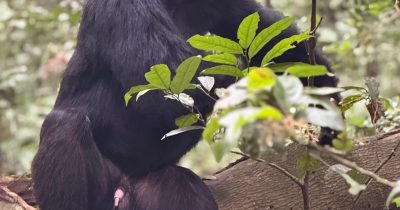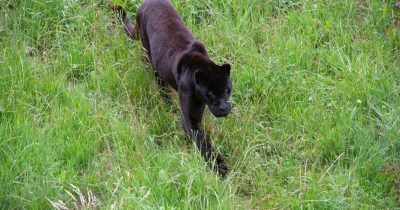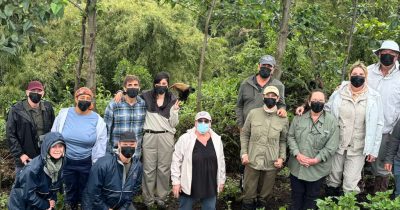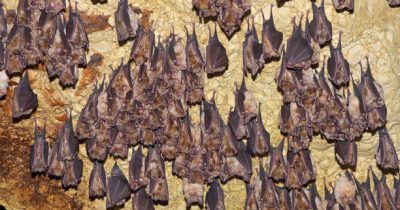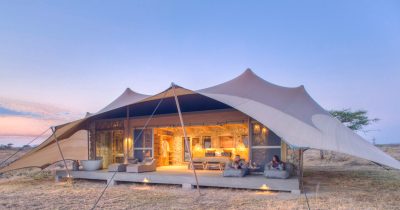Bwindi Gorilla Trekking on Rainy Days
Is it possible to go for gorilla trekking in Bwindi on rainy days? Bwindi gorilla trekking experience can be enjoyed at any time of the year. Like the dry season, Bwindi gorilla trekking on rainy days also offers a rare opportunity for nature enthusiasts to embark on the adventure and enjoy up close with mountain gorillas. Before you visit Bwindi Impenetrable National Park, you need to understand the rainy days/wet seasons/months.
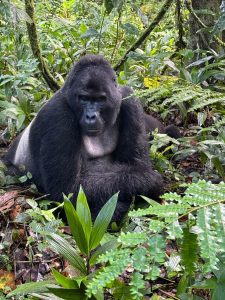
For first-timers, rainy days or months fall anytime from March to May. The 3 months are characterized by extended rainy periods and heavy rainfall. The shortest rainy days begin from October to November. While most visitors view the rainy days or wet seasons as challenging for gorilla trekking, they come with enormous benefits/pros that place them on an upper edge of the dry days/seasons. Below are some incredible reasons you should consider embarking on Bwindi Gorilla Trekking on Rainy Days.
Why go for Bwindi Gorilla Trekking on Rainy Days?
The rainy days/seasons offer a unique opportunity for wildlife lovers interested in experiencing more intimate encounters with a group of mountain gorillas. The breathtaking scenery from the verdant Bwindi Impenetrable Forest shouldn’t be ignored. Explore the in-depth pros of why you should consider embarking on Bwindi gorilla trekking on rainy days.
Experience Intimate Nature Encounters
The rainy days allow you to engage in the trekking session with a family of gorillas without encountering any crowds. The drastic change in the visitor population will enable you to enjoy an intimate mountain gorilla trekking excursion. When interacting with a group of mountain gorillas, you won’t be distracted, like when it is a peak season when crowds are inevitable.
Fewer visitor per gorilla group offers room for mountain gorillas to be more relaxed and display their unique habits in their habitats. This may not be the case during the peak days of the year.
Affordability
Gorilla trekking on rainy days allows visitors to plan and secure a more budget-friendly gorilla trekking holiday. The rainy days are the best for tourists to save on their vacation. First, tourists can enjoy discounted offers on transportation and lodging options. The discounted offers earned from the lodges and transport allow you to save some and explore other sites.
Some lodges offer peak and green or off/low season rates for their accommodation services. Targeting rainy days makes it possible to have a night’s stay in a luxury or classic lodge at a reduced rate.
Access to mountain gorillas in their habitats
During the rainy days, access to mountain gorillas is easier than during the peak season. Mountain gorillas are never compelled to move longer distances to find what to feed on. The rainy days feature an abundant forage supply for these large apes to depend on. This means you can trek a shorter distance and find the family of gorillas assigned to you by the official. This is far better than 6 hours of navigating through the jungle to see gorillas.
The lush natural beauty of the Bwindi Forest
Bwindi Impenetrable Forest is more scenic, making it an iconic spot for photography tours. The park’s forest canopy becomes lush and vibrant green. The lush greenery provides a spectacular backdrop for exceptional wildlife photography.
Cons of Bwindi Gorilla Trekking on Rainy Days
Slippery/muddy terrains
The main challenge most tourists encounter on rainy days is the heavy rain, which makes trails and terrain slippery and muddy. These conditions make it challenging for visitors to enjoy a smooth trek through the forest while searching for mountain gorillas.
The dense vegetation
The heavy vegetation growth makes it challenging to take clear pictures. The leaves often block your view of the best photos and the gorillas. But the lucky bit is that an experienced guide always accompanies guests. The professional ranger guides know the best spots to position you for a clear view and to take pictures.
The Average Rainfall Received in Bwindi
During the rainy season, Bwindi records an average annual rainfall of 1,400-2390mm. Most rain is experienced from March to May & September to November. These are the peak wet or rainy months of the year in Bwindi, and you should be prepared enough if you plan to embark on a gorilla tour.
Preparation for Bwindi Gorilla Trekking on Rainy Days
Early preparation should focus on physical fitness and what to carry. First, you should be fit enough to enjoy a smooth trek through the terrains of Bwindi Impenetrable National Park. Secondly, have only the essential items for your Bwindi gorilla trekking safari, and they should include protective gear ranging from a breathable waterproof rain jacket, a first aid kit, a camera with additional batteries, a daypack, waterproof hiking boots, a pair of gardening gloves, and a pair of thick socks plus gaiters.
The visitor’s packing list should also include a tin of insect repellent, snacks, a safari hat, sunscreen, and fast-drying attire. Avoid bright-colored clothes because they can scare away the mountain gorillas.
Bwindi Gorilla Trekking
The Bwindi Impenetrable National Park offers the most memorable gorilla trekking experience. At Bwindi, four regions/sectors are available for you to choose from when beginning your gorilla trekking. In each of the four areas, there are already habituated groups for you to track, including, among others, the Nkuringo group, the Bweza group, the Kahungye group, the Rushegura group, the Mishaya group, the Christmas group, the Rwigi group, the Kyaguriro group, the Nshongi group, the Bitukura gorilla family, the Habinyanja group, and the Oruzogo group.
Gorilla Trekking Permits for Bwindi
Obtaining valid gorilla permits is necessary for visitors interested in exploring the endangered mountain gorillas in dense Bwindi Impenetrable Forest. To date, the permits for Bwindi National Park are available for booking at USD 800 per person. This rate only applies to foreign non-residents with plans to explore Bwindi on a gorilla trek. Other visitor categories, like foreign residents, book permits at USD 700, the Rest of Africa USD 500, and Ugandans/East African citizens can secure permits at UGX 300,000 per visitor.
What else to find in Bwindi Impenetrable Forest
Bwindi Impenetrable National Park protects more than the endangered gorillas. The scenic Bwindi hosts a variety of wildlife, including chimpanzees, forest elephants, about 220 colourful butterfly species, 350 bird species, flora, and reptiles. The other mammals to find on a tour in Bwindi include giant forest hogs, l’hoest monkeys, colobus monkeys, vervet monkeys, red-tailed monkeys, olive baboons, and buffaloes.
The birds of Bwindi Impenetrable Forest include African green broadbill, regal sunbirds, Bar-tailed trogon, handsome spurfowl, Shelley’s crimson wing, African emerald cuckoos, montane oriole, Rwenzori nightjars, black bee-eaters, black-billed turacos, Kivu ground thrush, and white-tailed blue flycatchers.
Top places to stay in and around Bwindi National Park
Bwindi Impenetrable National Park features a range of accommodation options distributed across the four main sectors. Top lodges and camps to stay include Buhoma Lodge, Gorilla Leisure Lodge, Four Gorillas Lodge, Mahogany Springs Lodge, Nkuringo Gorilla Lodge, Kaara Gorilla Mountain Lodge, Chameleon Hill Forest Lodge, Bwindi Lodge, and Clouds Mountain Gorilla Lodge.
Bwindi gorilla trekking on rainy days offers a typically budget-friendly safari. Want to save on a gorilla tour in Uganda? Then book the Bwindi gorilla trekking safari with Native Africa Tours today.
